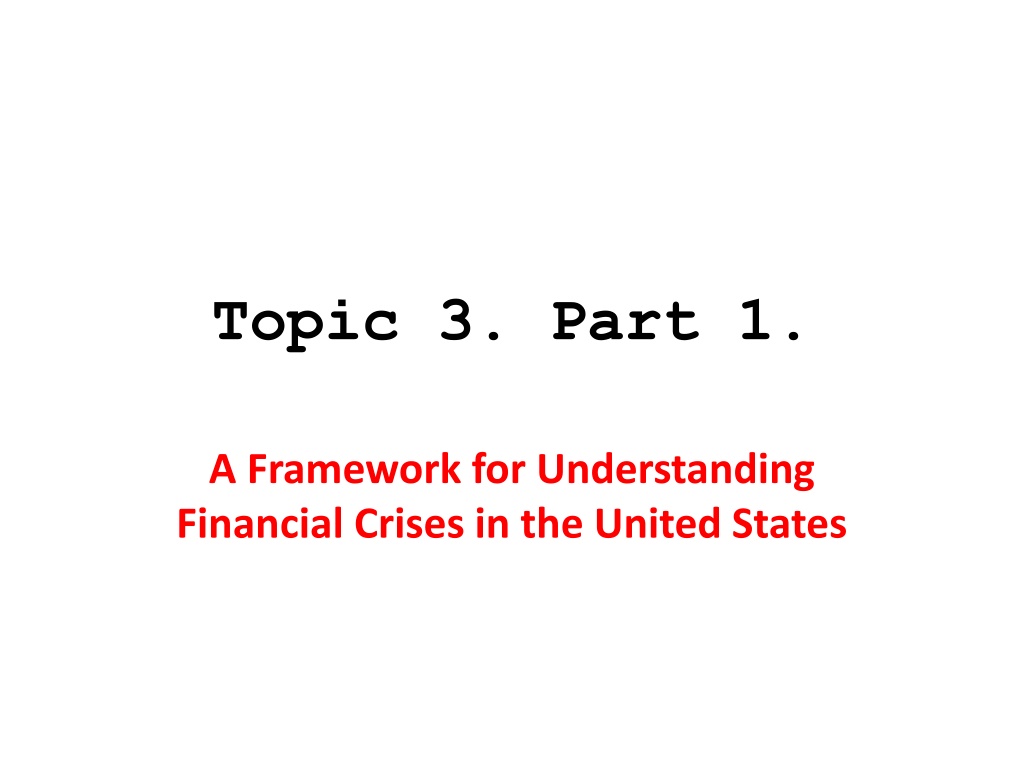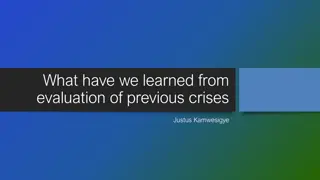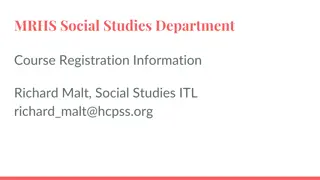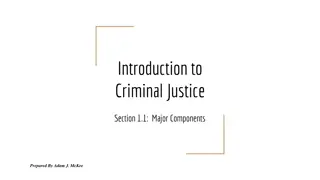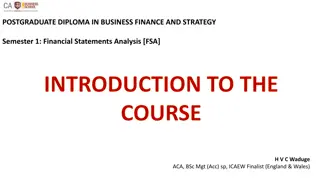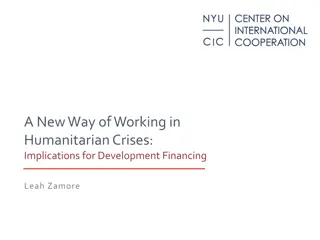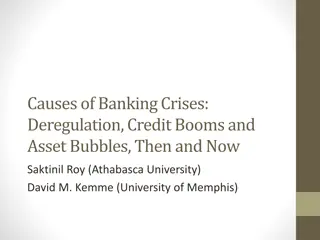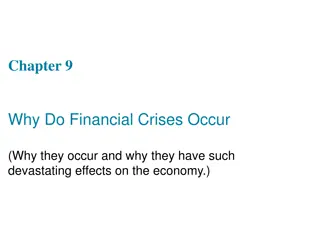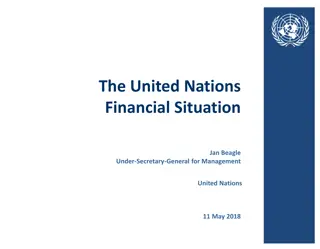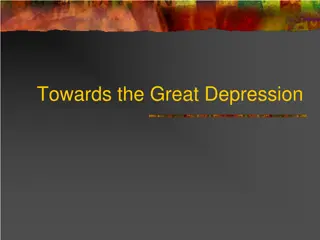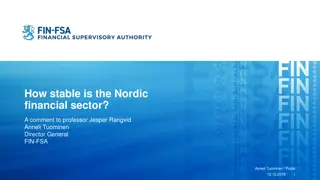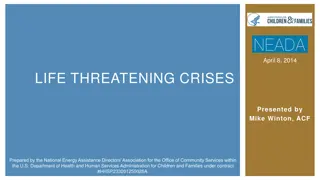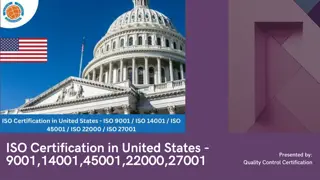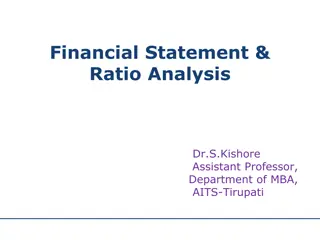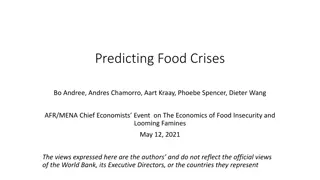Understanding Financial Crises in the United States: A Comprehensive Analysis
This framework explores the ideologies, interests, and institutions influencing financial crises in the US. It discusses the complexities of legislative responses, the impact of ideological transitions, and the role of political power and policy stickiness in shaping outcomes.
Download Presentation

Please find below an Image/Link to download the presentation.
The content on the website is provided AS IS for your information and personal use only. It may not be sold, licensed, or shared on other websites without obtaining consent from the author. Download presentation by click this link. If you encounter any issues during the download, it is possible that the publisher has removed the file from their server.
E N D
Presentation Transcript
Topic 3. Part 1. A Framework for Understanding Financial Crises in the United States
Ideology: Herbert Hoover was trapped in a certain World View about Banks and Banking
Ideology: Ideologies and doctrines are a poor substitute for intelligence, reason, and evidence
Interests: Its the honest graft of special interest politics that packs a real punch.
Interests: Contributions by Interest Groups to Politicians
Institutions: 1) Political Power in the USA is so fragmented, separated, and checked that policy change requires extraordinary consensus and mobilization. ; 2) Frequent elections; 3) Geographic based Representation; 4) The Senate Filibuster; 5) Presidential Veto; 6) the Courts; 7) Regulatory Agencies; and 8) Political Polarization
In General, Public Policy in the United States is "Sticky". Because there are so many "veto players" once a policy becomes law it can take a very long time to repeal or change it.
Why Washington Delays in Solving Financial Crises Legislative Responses are delayed because of the institutional complexity. A Response usually occurs at Partisan transition (ideology). Then the Response is often reversed after another Partisan transition (ideology). The short-term reelection concerns of American Politicians override long term solutions.
Examples: Veto Players The First (1791 - 1811) and Second (1816 - 1836) Banks of the United States were opposed by powerful, locally based, economic interests and on ideological grounds (e.g., Jefferson and Madison; Andrew Jackson). Consequently, because the Charters had to be renewed both Banks went out of Existence. Greenbacks (1862 1879): They could not be withdrawn from circulation because of the deflation after the Civil War. Agrarian interests and debtors were too powerful. Greenbacks were finally convertible into Gold in 1879.
Policy Reversals The Bankruptcy Act of 1800 was repealed in 1803. The Bankruptcy Act of 1841 was repealed in 1843 (by the same Congress!) The Glass-Steagall Act of 1933 that separated Investment and Commercial Banking was repealed by the Gramm-Leach- Bliley Financial Services Modernization Act in 1999. However, the 1999 Act was preceded by 20 years of deregulation that had fatally undermined Glass-Steagall in any event.
Banking panics A banking panic is a financial crisis that occurs when many banks suffer runs at the same time, as a cascading failure. In the USA there were Banking Panics in 1819, 1837, 1857, 1873, 1893, 1907 (partial), 1933, and 2007-2008 (The Shadow Banking System).
Speculative Bubbles A speculative bubble exists in the event of large, sustained overpricing of some class of assets.One factor that frequently contributes to a bubble is the presence of buyers who purchase an asset based solely on the expectation that they can later resell it at a higher price, rather than calculating its Expected Value (the income it will generate in the future) (USA 1816-1819 Land; 1835-1837 Land; 1853-1857 Land and Railroads; 1866- 1873 Railroads; 1880s-1893 Railroads; Stock market 1927- 29; Housing 2001-2007).
